
Introduction To Keto – A Quick Start Guide
Since I started working to get healthy in 2000 I’ve tried so many different diets. I am happy to share that for the first time since then I have found something that is working and I feel amazing! That something is a ketogenic diet and I think it might work for you as well. That is why I have written out this introduction to keto.
I know that keto is a buzzword and the diet gets a lot undeserved bad press. Initially, I put off trying it because of all the hype. Eventually I read enough to understand how it works. Now I stand behind the keto diet because it worked for me and because of my research. If I learn something that changes my mind I’ll update this post.
What is The Keto Diet?
Keto is short for ketogenic. Ketogenic is a state in which your body burns fat instead of carbohydrates for energy. You can induce a ketogenic state, or ketosis, in your body by consuming less than 20g of carbs daily. This amount varies per person, some people can eat up to 50 or more grams and still be in ketosis. Most of us will need to be stricter and keep that 20-gram goal.
It is really important that you don’t mistake ketosis, a perfectly normal body state, for ketoacidosis, a potentially fatal condition. Ketoacidosis doesn’t have anything to do with Keto. These two terms are often confused and there is a mistaken belief that the keto diet could bring on ketoacidosis. That just simply isn’t true.
Another keto myth is that you need to buy expensive supplements to get you into a ketogenic state. These are not needed and there is no evidence that they work. Save your money and avoid scams. There is one supplement that you may need and I’ll explain that below.
To follow a Keto diet, all you have to do is consume fewer than 20 grams of carbs a day. That’s it. Of course, there is a healthy way to do this to ensure that you are getting the nutrients and vitamins that you need. I’ve put together a great list of 10 Must-Have Grocery Items for Keto. These are things that I will always have on hand and help me feel prepared even if I’ve had a long day and am not sure what I’m eating for dinner. There are also some things that it is best to stay away from, check out 8 Surprising Foods to Avoid on Keto for a quick primer.
The actual weight that you may lose is due to a caloric deficit, not the state of ketosis itself. Ketosis is helpful for many people to curb the cravings that make sustaining a caloric deficit long term difficult.
So where do we start?
Personally, I started by weighing myself and taking measurements of my chest, waist, hips, thighs, biceps, and neck. You will want to do this too so that you can see the progress you’re making. If you feel up to it I highly recommend that you take before pictures as well. This way if you ever feel like you’re not making progress you can look back at where you started. For me, this has helped so much whenever I hit a roadblock.
When I started wanted to prepare myself as much as possible. So I read a ton of blogs, Facebook group posts, and googled articles about keto. Besides this site, there’s a ton of great information out there about keto. I believe that using lots of great high-quality sources, researching anything that sounds a bit iffy, and talking to your doctor is the way to go.
If you love documentaries, we’ve compiled a list of the ones we thought had the best information, although all of them should be taken with a critical mind. This introduction to keto is just a jumping-off point for your own research.
Once you are ready to get started you will need to figure out your macros. You are going to hear that word a LOT so lets talk briefly about what those are.
What are Macros?
Macros are short for macronutrients which are the substances you eat that provide energy. Those are Carbs, Protein, and Fat. To track these correctly you need to know what your targets are. The KetoGains macro calculator is my favorite way to calculate targets.
Once you know your macro goals it helps to understand how you use them. The limit for carbs is exactly that, a limit to stay below. You can eat less than the recommended amount but should try to not go over. You should try to eat all of your protein every day. This will help you fill full and give you energy. The fat macro should be seen as a lever to help with satiety. If you are feeling hungry eating more fat, up to your limit, can help. If you don’t have an issue with hunger, you don’t need to eat all of your fat allowances.
It’s important to realize that as you lose weight, you’ll need to re-figure your macros. I generally do this about every 15-20 pounds I lose just to make sure I am still eating correctly. Also, when I figure my macros, I always use the sedentary setting because, even though I exercise fairly regularly, it’s not a super hard work out and I don’t add calories in that I burn. If you are a person that does extreme workouts and needs additional calories for fuel, then of course you can change those settings.
A Little About Fat
Keto is well known for its “fat bombs”, plentiful bacon, and coffee with butter (eww). The keto diet is high fat in the sense that a higher percentage of your calories will come from fat as opposed to carbs and protein.
That’s because fat is very calorie dense and of course you are eating very few carbs. However, it doesn’t have to be tons of butter, heavy cream, or bacon. Instead eat high quality natural fats like avocados, cheese, whole eggs, fatty fish, and nuts. Always keeping a close eye on your caloric intake.
Now, there are people who do eat extremely high fat and, yes, they can lose weight, as long as they are maintaining a caloric deficit; however, maintaining that deficit while eating a high amount of fat is difficult and the calories that could be utilized to get in some good lean protein and green leafy veggies are going to that fat. If your goal with Keto is weight loss, you want your body to be burning the fat that you have, there is no need to provide it with an excess of dietary fat.
When you are starting out, it is helpful to eat higher amounts of fat to get you through the first couple of weeks while your body is switching over from burning carbs. Fat helps you feel fuller and can help with cravings, the headaches and flu-like symptoms that may set in the first 4-7 days of a keto diet, and it may help you psychologically feel like you’re not restricting yourself. High fat foods are delicious, after all.
Salt Intake on The Keto Diet
When you start eating low carb foods you will probably find that you aren’t getting as much salt and other electrolytes as you were before. This is mostly because processed foods contain a lot of salt that we don’t think about. This means that you will need to be more aware than normal and make sure that you get enough salt in your diet.
Making sure that you have enough electrolytes is key to avoiding, or lessening the effects of the “keto flu”, a period of feeling irritable, tired, dizzy, and/or nauseous during the transition from burning glucose to becoming fat adapted and running your body on fat. It can be a few days to a couple of weeks long and usually starts rather quickly after beginning keto.
I don’t normally use a lot of salt when cooking so this has been a real problem for my family. To solve this we have started drinking carb & calorie-free sports drinks. This allows us to replenish our electrolytes while staying within our macros. If you find that you have this problem you can also buy an electrolyte supplement. I use one daily and I find that I feel worse when I don’t take them.
What next?
Once you have your macros lined up and you understand your goals, it helps to have a tracker such as MyFitnessPal or CarbManager. Both of those have free options in the App Store. You should be strict on tracking when starting out because most people are not aware of exactly how much they are eating or what the nutritional values are.
To accurately log what you eat, you should carefully measure your servings and the most accurate way is with an inexpensive kitchen scale. You may also use measuring cups but be careful to not overfill them! If you use an app to track the nutrient information, always be aware that the information is often provided by other users and may not be accurate.
My Keto Journey
In March of 2018, my family had just moved to a new home in a new state in the desert. The change in the climate drastically improved the daily pain and fatigue that came with my autoimmune disorder. It seemed like the perfect time to get healthy. My introduction to Keto started on March 18, 2018.
I have since lost 90 pounds and am now a healthy 145 pounds. I am no longer diagnosed with type 2 diabetes, my blood pressure and cholesterol are in normal ranges, and I feel amazing!
I’ve had a long journey with several serious health issues over the last 18 years including a stroke in 2003, chronic Lyme disease, Polycystic Ovarian Syndrome, and a slew of other things. For the first time in my adult life, at the age of 40, I feel amazing!
I am much more active now, without the weight loss and improvement of my health symptoms thanks to keto, I wouldn’t be able to be. I sometimes feel like I’m a bit over-enthusiastic but I’m seriously so very excited about what I’ve gained through keto that I want to share it with the world!
My journey isn’t over, I still have fitness goals I’d like to meet and I’m following a strength training program to build some real muscles! I’ve also started Intermittent Fasting and you can read more about the Health Benefits of Intermittent Fasting here. I’ve found that it goes really well with Keto.
These photos are of me at my highest weight of 235 and last month at 145. I really want you to see what can be accomplished, in a relatively short time using a ketogenic diet. To be clear, I have not used any type of keto supplements or products at all. My results are from diet and a little exercise alone.
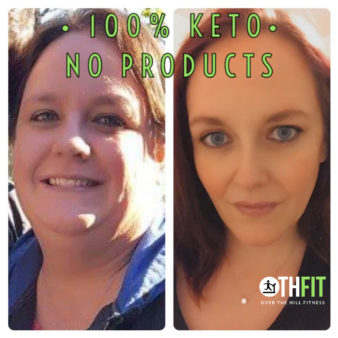
And You’re Off!
This has been a down and dirty introduction to keto. I will be following up on this article with ones that get more
I hope that you follow me through the rest of my journey and if you need some help getting started or have questions along the way, let me know!

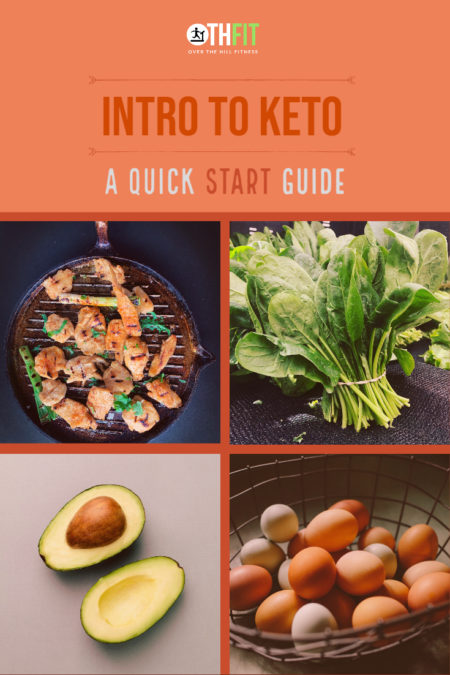
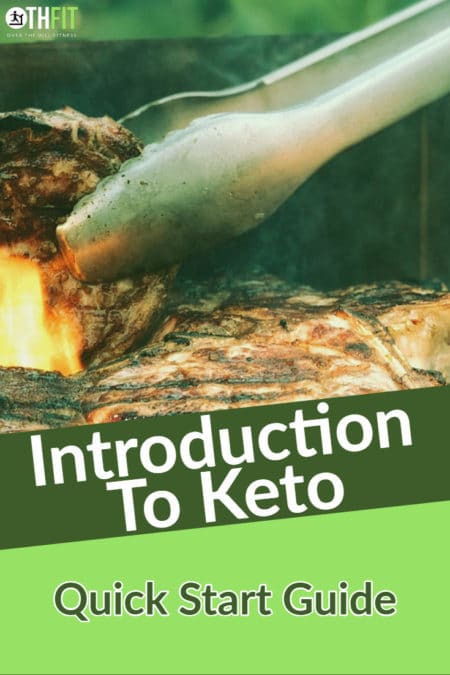

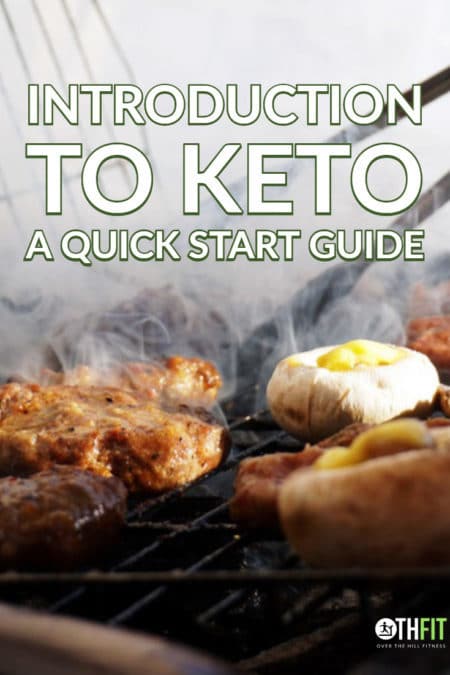
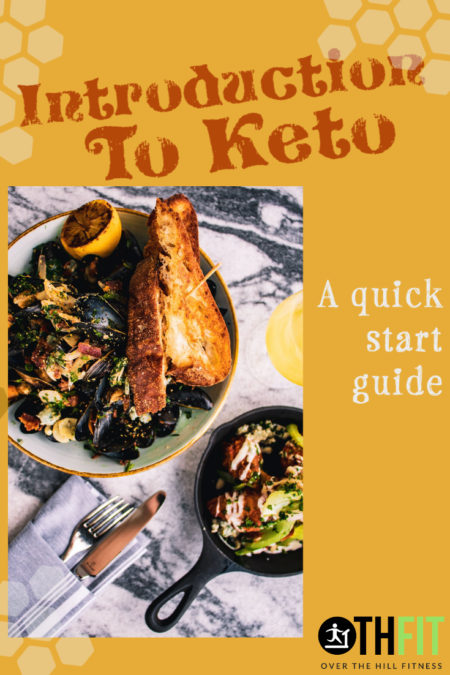
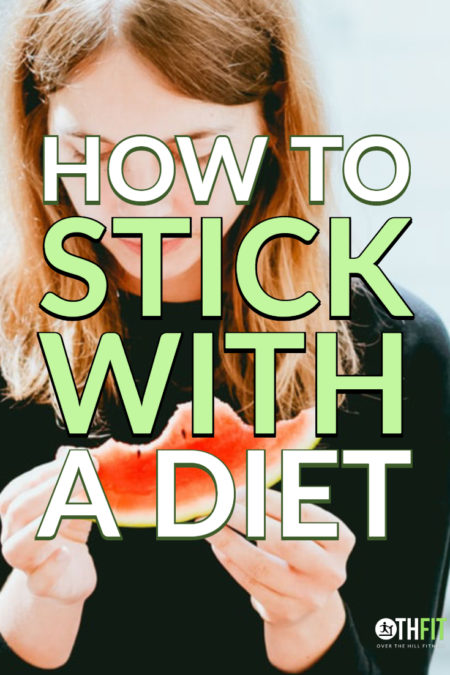


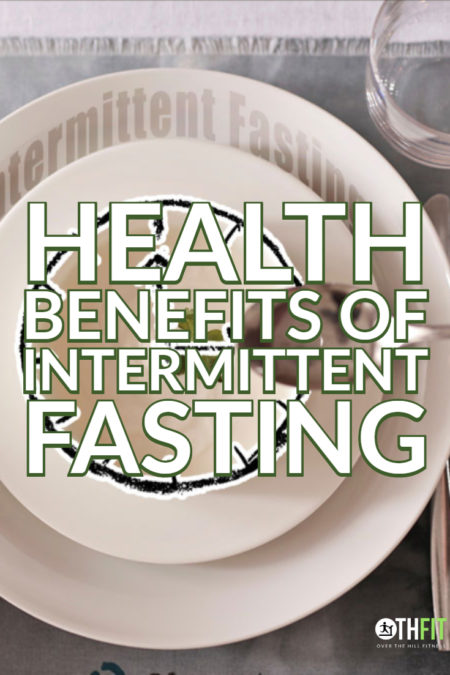
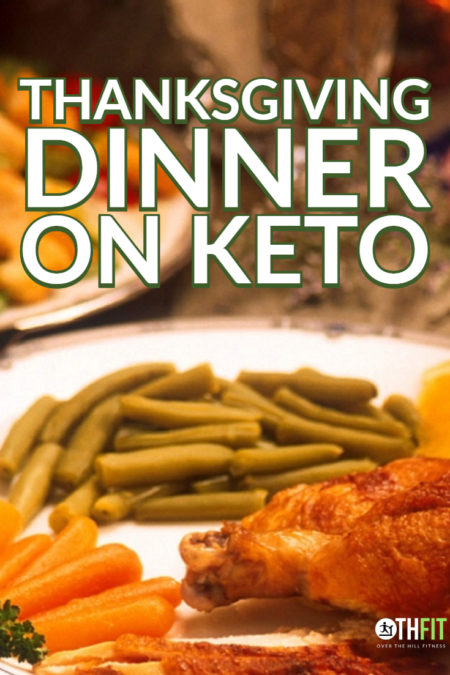
2 Comments
Chloe Chats
This was interesting to learn about the keto diet! I don’t know if I could cut down my carbs to that little, but I know it’s possible I guess it’s all about that mindset! Thanks for sharing. xx
Bridget Marie
Thank you for sharing this post! I really enjoy learning about different diets. As a vegetarian, I think it would be hard to make it work for me (I like my fruits and veg too much I think). But it’s really interesting to see your progress. If it works well for you, keep going at it!